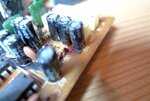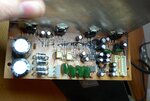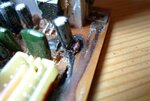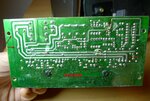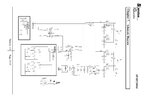flolan
Newbie level 4
Hello everyone,
only one speaker works correctly, the other one the sound is subdued.
may this be caused by bad capacitor ? :?:
(my mistake is to have left those speakers turned on 24/24 more than two years, it's heating and there is no ventilation)
only one speaker works correctly, the other one the sound is subdued.
may this be caused by bad capacitor ? :?:
(my mistake is to have left those speakers turned on 24/24 more than two years, it's heating and there is no ventilation)
